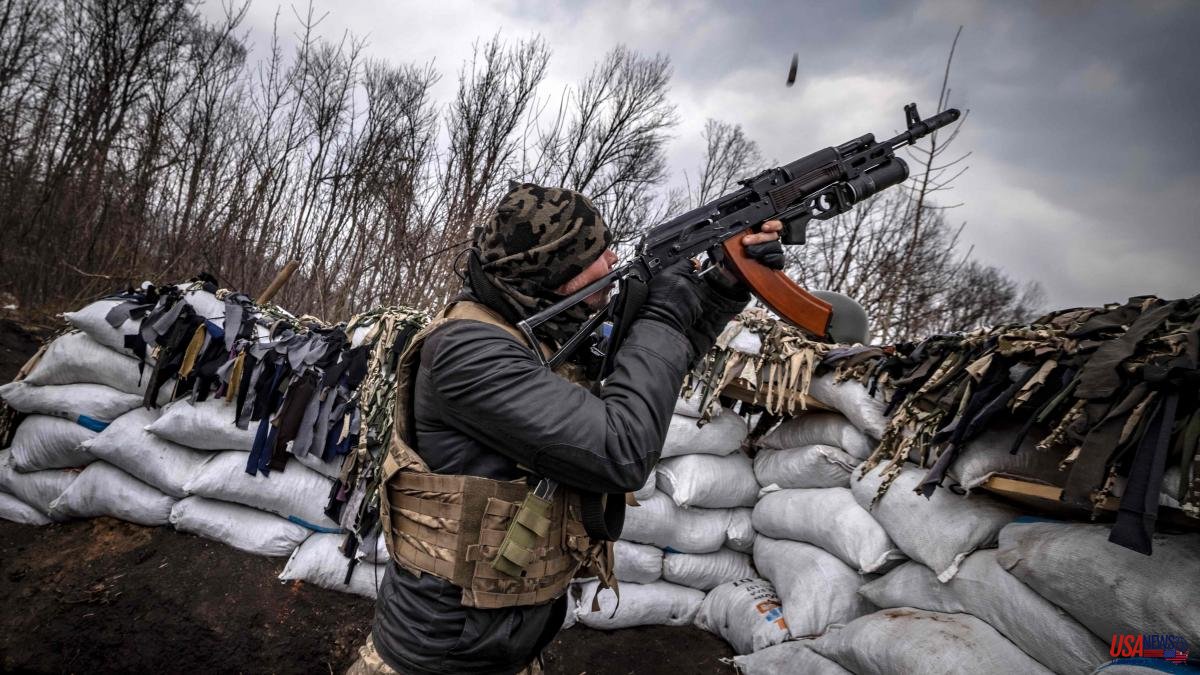The Russian invasion of Ukraine has triggered promises of more defense spending. European governments commit to allocate at least 2% of GDP. This involves investments of around 200,000 million euros. If it ends up being confirmed, it will be the largest investment in defense by European countries since the end of the Second World War.
Spending more, however, does not mean spending better. The high representative Josep Borrell has already warned of the risk of waste. The European partners will only be able to avoid this if they coordinate their investments, a very complex political-economic exercise.
As so often in the process of European construction, the score of the projects sounds very good, but their staging is less than expected. NATO, for example, has announced the creation of an Allied Response Force, that is, an expeditionary group of up to 300,000 men to deal with the Russian threat on the eastern flank.
These soldiers, however, will be in their home countries and will only travel to NATO's borders with Russia if necessary. This requires having very agile mobility plans. Moving military forces across multiple countries is not easy. There are significant logistical and bureaucratic obstacles. To overcome them, the EU has a military mobility program supervised by the Netherlands. This program, however, was one of the great sacrifices in the last budget battle. The initial item of 6,500 million euros was reduced to 1,500 for the period 2021-2027.
The smaller countries of Central and Eastern Europe complained a lot about this cut. They fear that the troops will not arrive in time to stop a Russian invasion. In their day, they denounced that the national interests of the large states – which did not want to assume the extra cost – prevailed over the collective defense of the EU.
It remains to be seen whether, in light of the war in Ukraine, the EU revises its military mobility plans and achieves what no one has achieved so far: true cooperation between states to avoid duplication, a classic error in defense policies of community partners.
The EU, however, can. Unlike NATO, which is a voluntary association of 30 states, the EU is a supranational organization. In this sense, it has a European Defense Agency and a common fund for defense expenses valued at almost 8,000 million euros for the period 2021-2027. The goal is for its 27 armies to be able to act as one.
These tools, however, have not been sufficient or have not yet been used with adequate efficiency. First, because, for many years, defense spending has not been a priority. The US defense budget, for example, is around $770 billion, more than double that of its 29 NATO partners.
The low investment from the financial crisis of 2008 has drastically reduced the volume of the various European armed forces. The Commission has identified many shortcomings in equipment and arsenals, which have now been accentuated by the aid being provided to the Ukrainian army.
The weak points, for example, are in air defense, the shortage of battle tanks and warships. Military aid to Ukraine also forces many arsenals to be rebuilt.
Until today, each country solved its shortcomings as best it could, that is, paying priority attention to its economic and political interests. Protecting local industry, cleaning up the balance of payments and winning elections still condition investment plans today.
Now that public opinion seems to support greater investment in defense, the EU will have to overcome a subject that it does not do well: that of transparency and legitimacy.
French analyst Pascal Boniface warns of the danger of spending more on defense without increasing social spending at the same time. He anticipates a hot fall with inflation still out of control and military budgets that will drain resources from the welfare state. It is very likely that public opinion will then increase the pressure for an agreement with Russia, even if it is at the cost of Ukraine's territorial integrity. A ceasefire will reduce support for more defense spending.
Likewise, the small countries, the most exposed to the Russian threat, once again fear that the large states will impose the weight of their military industries.
Large corporations such as Airbus, Leonardo, Thales and BAE Systems have benefited from protectionist measures and lobbying by their states. The EU tries to level the playing field by encouraging cooperation, but the market is going in the opposite direction.
The market favors competition between states. Although the governments are allies, their industries are rivals. The demand will increase the price of defense systems. Large countries, with the largest military industry, will benefit to the detriment of small countries, which are also often the most vulnerable.
The EU's new Strategic Compass – a document of intent on military autonomy – calls on member states to “act in solidarity”. As good as this score sounds, the states of Central and Eastern Europe fear a very bad staging.
"They had been warning about the danger of Russia for 15 years and nobody paid attention to them" Roland Freudenstein, vice president of the Globsec think tank, explained a few days ago in Brussels. "Now they are asking their European partners to be more honest in assuming the high cost of freedom and doing so in solidarity," he said at a forum of the Association of European Journalists.
His great concern is not only that the money is wasted, as Borrell fears, but that it serves to protect the large EU countries to the detriment of collective security.













